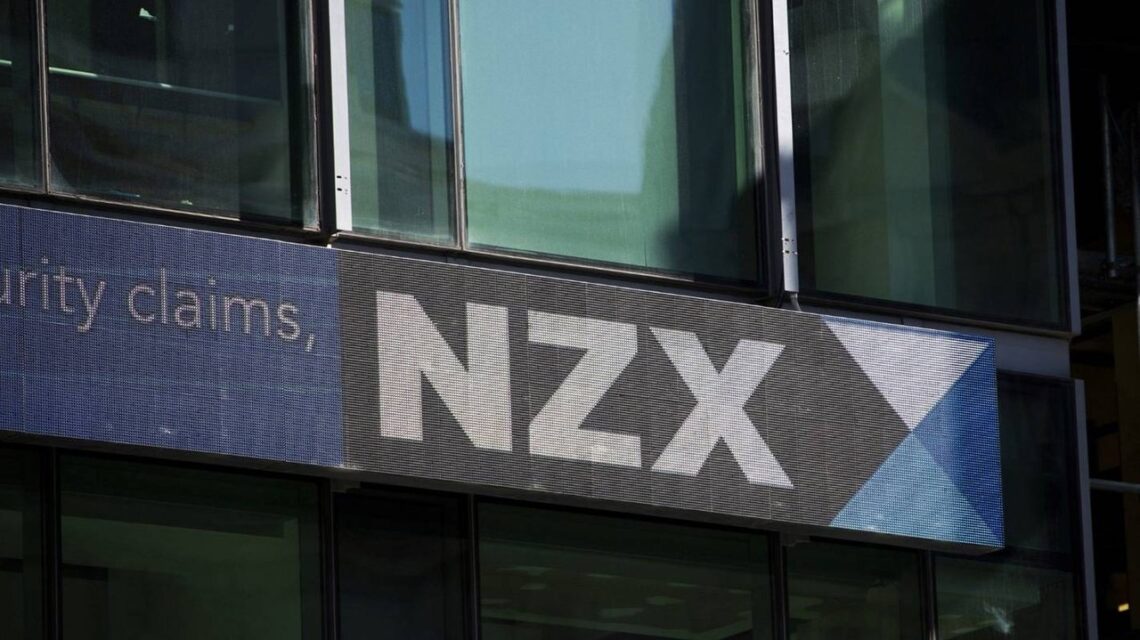New Zealand Stock Exchange: structure and services
The New Zealand Stock Exchange (NZX) is the country’s national trading platform. As of early 2025, shares of 179 local companies are traded on the NZX. Their total market value is NZ$184.6 billion.
History of development
The stock market began to develop actively during the gold rush of the 1860s. Prospectors from different countries came to New Zealand at that time in hopes of striking it rich. This stimulated trade and the market as a whole.
New Zealand’s first stock exchange opened in Dunedin in 1866. It served as a platform for trading shares in gold mines. Later, other regions began establishing their own exchanges. These exchanges operated independently of each other.
Everything changed in 1915 with the formation of the New Zealand Stock Exchange Association. This association included the exchanges in Auckland, Thames, Christchurch, Wellington, and Dunedin. The Taranaki Exchange joined a year later. The association’s expansion led to the need for a single national exchange. Following lengthy discussions and the merger of regional exchanges, the New Zealand Stock Exchange (NZX) was established. Its official creation date is considered to be 1983.
A key stage in the development of the national exchange was the 1987 stock market crash. It forced a review of the exchange’s structure. Additionally, the company had to change its management system to maintain stability during a crisis.
In 1991, regional platforms were closed due to technological innovations. This led to the emergence of a computerized trading system that replaced open platforms. In the late 1990s, the exchange introduced a new system called FASTER. Since 2010, a separate division, NZX Clearing, has carried out all clearing and settlement operations.
The exchange acquired limited liability company status in 2002. A year later, it went listing on its own platform, becoming a private company.
Main activities
The New Zealand Stock Exchange offers a wide range of services to its clients, including:
– trading in securities and derivatives;
– post-trading services;
– market data processing;
– central depository functions.
NZX is the country’s only official trading platform. It also acts as a futures exchange.
The New Zealand platform offers passive fund management products. These products are offered through the Smartshares group of exchange-traded funds. Additionally, pension and KiwiSaver products can be traded through the subsidiary SuperLife. SuperLife became part of NZX in 2015. Other subsidiaries handle clearing and depository operations.










